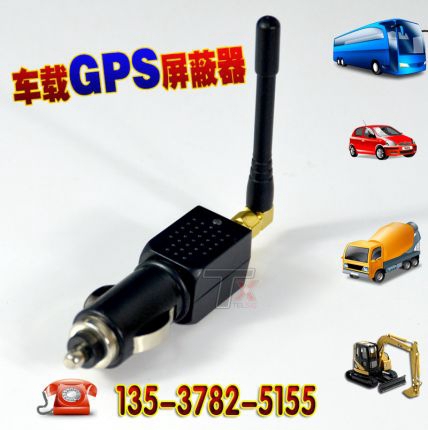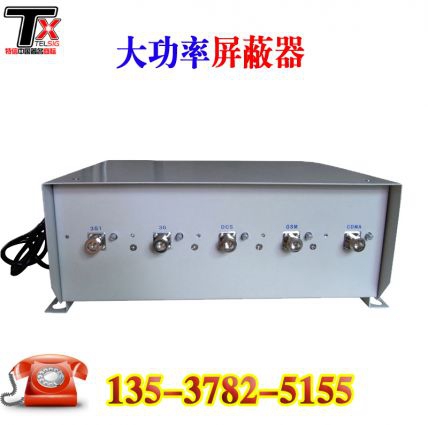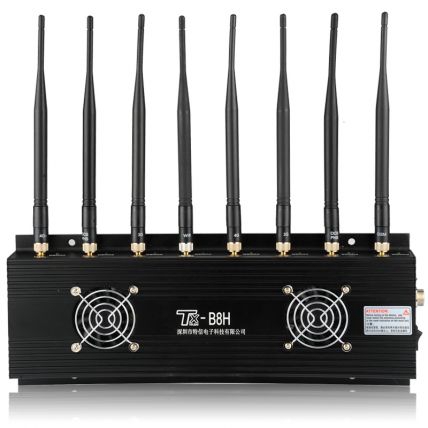The key to the development of 4G by leaps and bounds is the key to the developme
2018-07-05 15:22:08
Our country is now carrying out the LTE TDD/FDD hybrid network test. The Ministry of industry and information technology announced in June 27th that it approved China Telecom and China Unicom to carry out LTE hybrid network test. As early as June 18, 2012, China Mobile Hongkong company realized the international roaming of LTE FDD and LTE TDD two-way and double standard.
Recently, Zhang Feng, the chief engineer of the Ministry of industry and information technology, said, "TD-LTE (LTE TDD) and LTE FDD are the international standards for the new generation of mobile communications. Both of them are integrated and developed together. It has become the future development trend of the global mobile communication industry. At present, there are 36 TD-LTE commercial networks worldwide, and 13 have adopted hybrid networking mode. China has also planned the frequency of TDD and FDD respectively, which can meet the development needs of TDD and FDD mobile communication systems at the same time.
Benefit from the rapid development of general standard 4G
In the background of FDD/TDD mixed networking and long-term coexistence with 3G network, the number of 4G mobile phones in China's mobile phone market reached 40 million 349 thousand in the first half of this year. In the first half of the year, the domestic 4G mobile phones have reached about half of the new 3G models, and the difference will soon be leveled out - in June, 67 new 3G models are listed in China and 4G is 1. The 28 paragraph. This data also strongly proves that 4G will speed up the development of the smart phone industry. According to the statistics of the Ministry of industry and information, China's 4G users reached 13 million 970 thousand households by the end of this year, and the slope of 4G users in the second half of the year would be steeper, considering that a mixed networking test of Telecom and Unicom has just started on a large scale.
The industry generally believes that 4G is developing fast, and "general standard is the key." From a technical point of view, LTE, as a global standard, will help create a unified industrial chain globally. All kinds of communication systems in the 3G era are incompatible. There is no problem in the 4G era - LTE is a global standard based on the technical specification issued by 3GPP. The upstream uses a single carrier FDMA, the downlink OFDMA, and the deployment of both pair and non paired spectrum. Based on the experience of managing 3G networks, in order to avoid market fragmentation, global operators have been promoting LTE as a general standard to support the FDD and TDD patterns from the beginning, with only very small necessary differences between the two models. Mr. Alan Hadden, chairman of the global mobile equipment supplier Association, said, "because LTE is a global unification and universal standard, the network deployment of LTE FDD and TDD and user terminal manufacturing can benefit from the global economies of scale in LTE."
For mobile phone manufacturers, the use of a processor platform to build 4G multimode multi frequency handsets to meet the needs of global carriers is one of the future trends.
LTE unified standard, FDD/TDD hybrid operation can help operators to make full use of two kinds of spectrum resources; cell phone manufacturers can no longer be limited by standard differences, quickly enter the international market, but also to a certain extent, the cost of research and development can be compressed; and users can realize one machine around the world. According to media reports, China Mobile's system has realized the high fusion of two modes of LTE TDD and FDD, which can achieve seamless switching of two services, and has introduced 5 mode 10 frequency, 5 mode 13 frequency, even 6 mode multi frequency terminals. Global mobile phone manufacturers and chip providers are launching a series of 5 mode terminals for different price ranges. From the perspective of processor commercialization, Qualcomm's multimode LTE modem, which has supported FDD and TDD from the first generation of 2010, has now developed to the fourth generation. At present, all QualcommLTE modem chipsets facing different price intervals support not only LTE TDD and FDD, but also all major mobile networks in the world. Seamless interoperability.
Faster data transmission technology is being deployed around the world
Consumers demand more and more for high-speed wireless connection. In order to meet the future needs of the network, LTE Advanced (LTE-A) arises at the historic moment. LTE-A data is faster, antenna technology has been enhanced, and many other aspects have been improved. Eventually, a LTE standard was created to provide support for more users and to provide faster data speed. The latest generation of Advanced Category 6 is also based on broadband carrier aggregation technology.
In addition, another LTE technology is being deployed globally, that is, LTE Broadcast. LTE Broadcast takes advantage of standard LTE network architecture and modem to simplify deployment while saving costs. The Qualcomm LTE Broadcast solution is currently available in some of the part of the long dragon chipset, supported by the optional LTE Broadcast middleware of Qualcomm, and has brought high level interoperability and product maturity over the past three years through the testing of major infrastructure vendors. Using the Qualcomm scheme, LTE Broadcast is now commercially available in Korea, and a little earlier, the Qualcomm United Sohu conducted the first public demonstration of LTE-TDD Broadcast in China; the update message is that BBC uses Qualcomm technology to demonstrate LTE Broadcast, serving the Commonwealth Games, which provides no buffer to mobile terminals. Quality, uninterrupted real-time streaming media. The demonstration is based on the intelligent terminal which uses the 800 processor of the Valon, and is based on the LTE Broadcast solution developed for the enhanced multimedia broadcast multicast service platform based on Qualcomm.
Recommended Products










